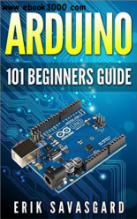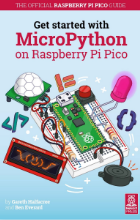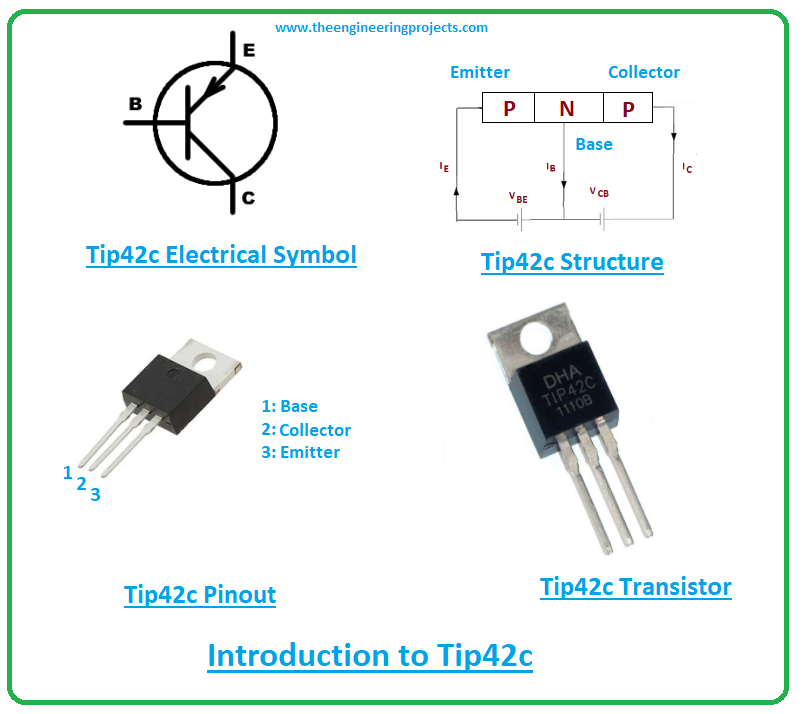

Introduction to TIP42C


Introduction to TIP42C
- Tip42c is a PNP medium power bipolar transistor mainly used for switching and amplification purpose.
- It is composed of silicon material and comes in the TO-220 package.
- It comes with three pins called the emitter, base, and collector. These pins are also known as transistor terminals that are connected with the external electrical circuit.
- The small input current across one pair of terminals is used to generate large output current across other pairs of terminals.
- Tip42c contains three layers where two are p-doped silicon layers and one is an n-doped silicon layer. The n-doped layer represents the base terminal where negative voltage is applied to start the transistor action. The two p-doped layers surround the n-doped layer.
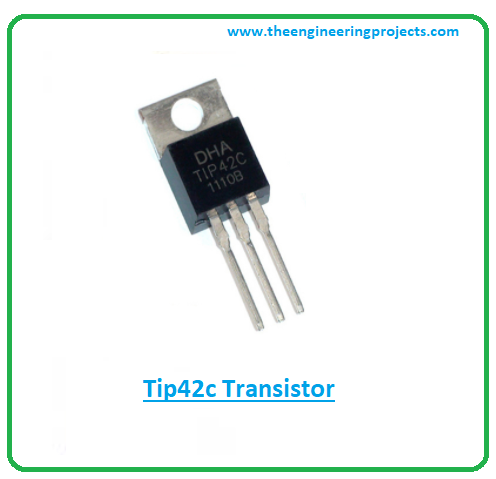
- As this bipolar transistor controls the small current to produce large current, the reason bipolar transistors are considered as a current-controlled device in contrast to FETs(field effect transistor) which is a unipolar transistor (conductivity happens due to one charge carrier) that are voltage-controlled devices.
- Two current-gains are important while studying bipolar transistors. One is a common-emitter current gain which ranges from 15 to 75 in this case and common-base current gain which is a ratio between collector current to emitter current, this is normally called alpha.
TIP42C Features
The following are the main features of device Tip42c- Name: TIP42C
- Package: TO220
- Material used: Silicon
- Type: PNP
- Power Dissipation: 65 W
- Collector-Base Voltage = Vcb: 100 V
- Collector-Emitter Voltage = Vce: 100 V
- Emitter-Base Voltage = Veb: 5 V
- Collector Current = Ic : 6 A
- Operating Junction Temperature = Ti: -65 to 150 °C
- Transition Frequency = ft: 3 MHz
- Common-emitter current gain = hfe: 15 to 75
- The Tip42c is a bipolar transistor which means two charge carriers are used for the conduction process inside the transistor. Both electrons and holes are used for the conductivity, however, holes are the majority carriers and electrons are the minority carriers. Which is the opposite in the case of NPN transistor where electrons are the majority carriers and holes are minority carriers.
- This PNP transistor comes in TO-220 package with collector current 6A which demonstrates it can support the loads under 6A.
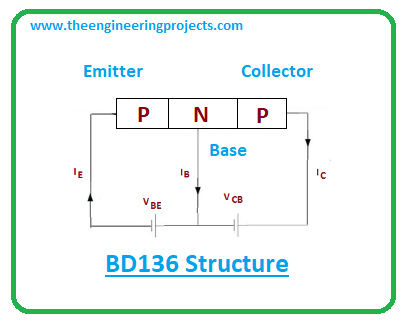
- The junction temperature ranges from -65 to 150C and the transition frequency is 3MHz which is a measure of the transistor’s high frequency operating characteristics. It is denoted by ft.
- The common-emitter current gain stands from 15 to 75 which is the capacity of the transistor it can amplify the small input current. It is called beta and is a ratio between output collector current to input base current.
- And the only 5V is required to start the transistor action because 5V is the voltage across emitter and base terminals.
- It is important to note that this PNP transistor is not preferred over its counterpart NPN transistor because the mobility of electrons in the NPN transistors is quicker and better than the mobility of holes inside the PNP transistor.
- Moreover, in NPN transistors the current flows from the collector side to the emitter side in contrast to PNP transistors where current moves from the emitter side to the collector side.
- The 65W is the power dissipation that indicates the energy released when this transistor starts working in the electrical circuit. This varies from transistor to transistor.
TIP42C Pinout
The Tip42c contains three terminals named: 1: Base 2: Collector 3: Emitter The following diagram shows the pinout of the transistor Tip42c.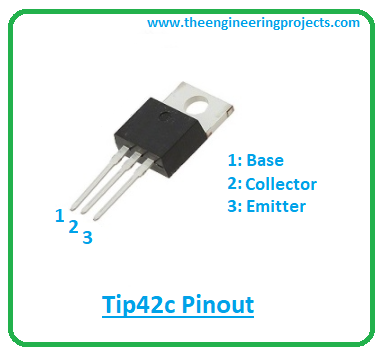
- All these terminals carry different doping concentrations and different working ability. The emitter side is more doped compared to the other two terminals and the collector side is lightly doped. The base side is 10-times more doped than the collector terminals.
- This bipolar transistor is not symmetrical. This absence of symmetry is due to the different doping concentration of the emitter and collector terminals.
- In bipolar transistors, the base terminal is responsible for the entire transistor action. When voltage is applied at the base terminal, it gets biased and starts controlling the number of holes in this case of PNP transistors and the number of electrons in the case of NPN transistors.
- This base terminal acts like a control valve that controls the amount of current. The emitter terminal is highly doped and contains the entire current of the transistor. The emitter current is equal to the sum of the collector current and base current.
TIP42C Datasheet
When you’re working with tiny devices like Tip42c, it is wise to scan through the datasheet of the component that documents the main characteristics of the transistor. Click the link below and download the datasheet of Tip42c.TIP42C Applications
The Tips42c is used in the following applications.- Used for switching and amplification applications
- Used in motor control drivers
- Employed in H-bridge circuits
- Incorporated in voltage regulator circuits
- Used to drive loads under 6A
×
![]()








 1 user
1 user






 Continue Wishlist
Continue Wishlist





 Getting Started Guide
Getting Started Guide
 Help Center
Help Center
 Contact us
Contact us
 Doist Blog
Doist Blog
 Privacy
Privacy
 Security
Security
 Terms of Service
Terms of Service
 What's new: Channel Descriptions
What's new: Channel Descriptions





 Electronic Components
Electronic Components jameswilson
jameswilson 0 Comments
0 Comments








 2.3k
2.3k
 953
953
 921
921
 2.1K
2.1K
 Introduction to tip42c
tip42c pinout
tip42c power ratings
tip42c applications
Introduction to tip42c
tip42c pinout
tip42c power ratings
tip42c applications
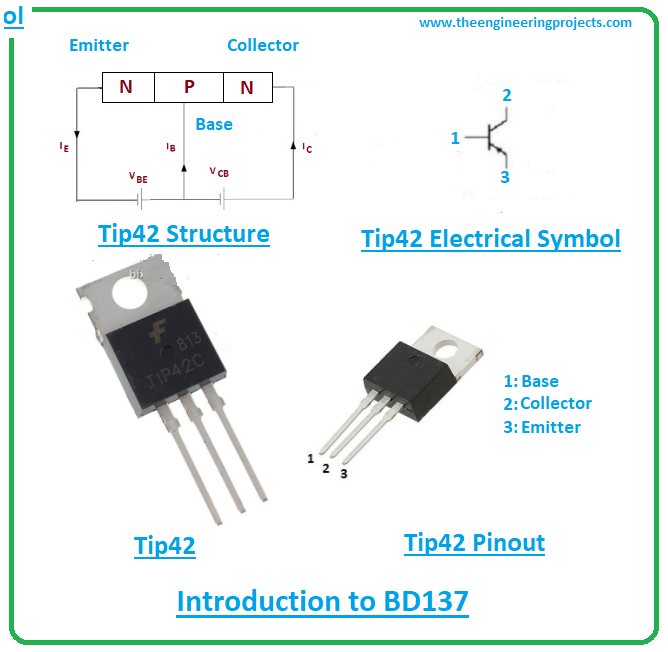
 Tuesday, September 15, 2020
Tuesday, September 15, 2020










